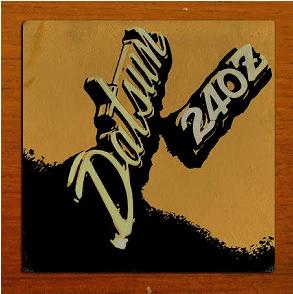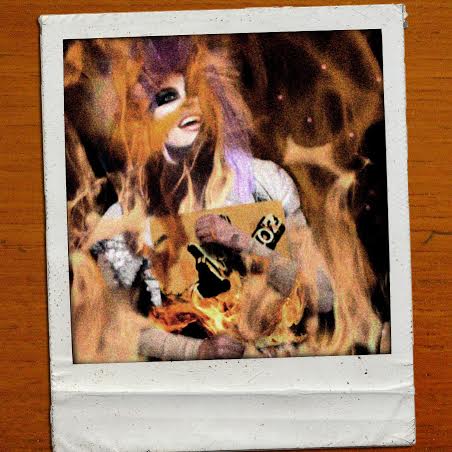NMCUSA quickly confiscated the cameras and tape recorders, and hushed the witnesses with legal threats. Attorneys followed through the following day with gag-orders. Still, the Sports Car Weekly photographer stashed a single Polaroid print in his underpants, and that grainy image is the only piece of evidence left from the event. The Chicago Tribune refused to publish Davis' account, so she shopped it around, but the only paper that would touch the story was The Fifth Estate, an anarchist tabloid barely known to the general public. NMCUSA refused any comment on the events, leading most people to believe the story was entirely fictitious and that Autumn was simply still in hiding.
In 1989, while conducting background interviews for her manuscript of Fair Lady at Stake, Susie Autumn's biography, Harriet T. Davis tracked down Candice Blaise, a former exotic dancer purported to be Autumn's girlfriend at the time of 240Z's release. Blaise agreed to talk with Davis. During the interview she confirmed her relationship with Autumn and revealed that she had contact with her during the week before the NMCUSA promotional event. Davis' book recounts the meeting:

